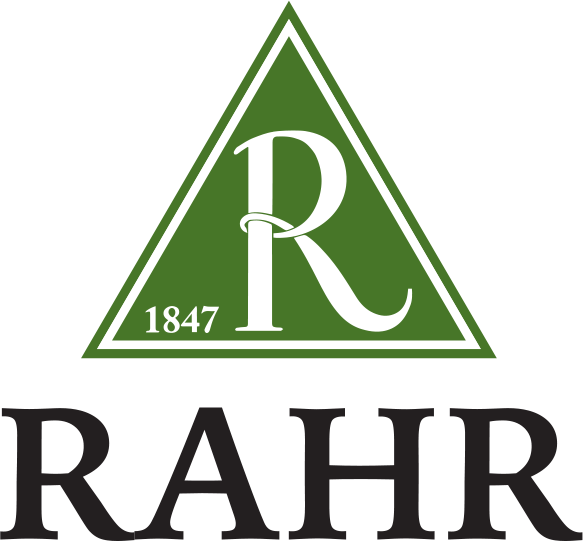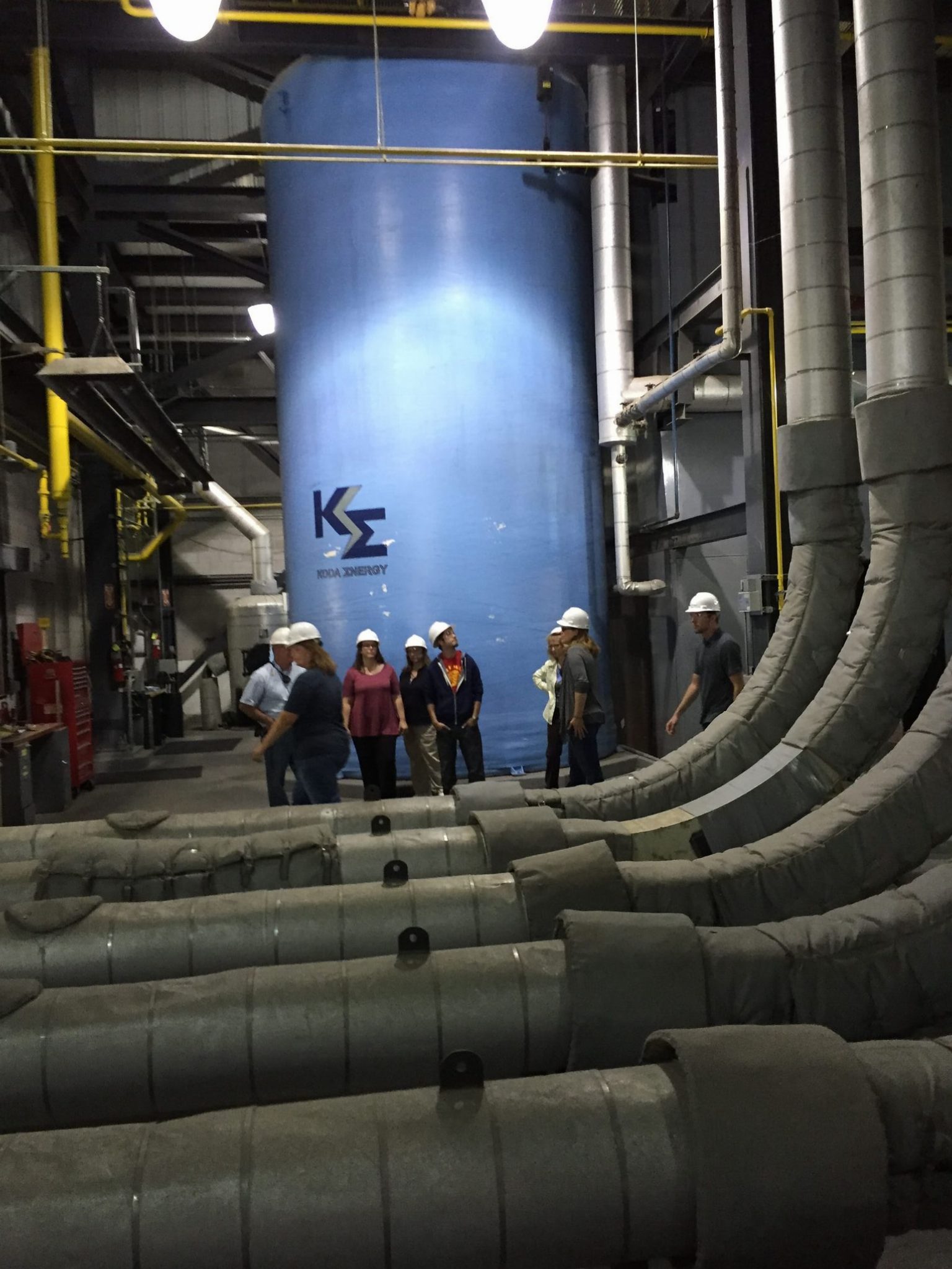
Every bag of Rahr malt produced at the Shakopee, MN maltings is printed with a distinctive icon: a dinosaur inside a circle and bar. For the thousands of breweries who use Rahr malts, that icon – indicating “Fossil-Free Malting” – might be the only indication that Koda Energy exists.
Hidden from the street by towering grain elevators and surrounded by tall malthouses, the power plant that supplies energy to the Rahr Malting Co. campus may be easy to miss, but it is unique in the world and indispensable to the malt you rely on: 100% of the power for Rahr Malting comes from Koda.
Koda Energy was conceived in 2005 as a joint venture between Rahr and the Shakopee Mdewakanton Sioux Community (SMSC). In 2007 ground was broken for the project on the Rahr campus, with the plant commissioned in 2009. It replaced 14 separate boilers in the malthouses at the time.
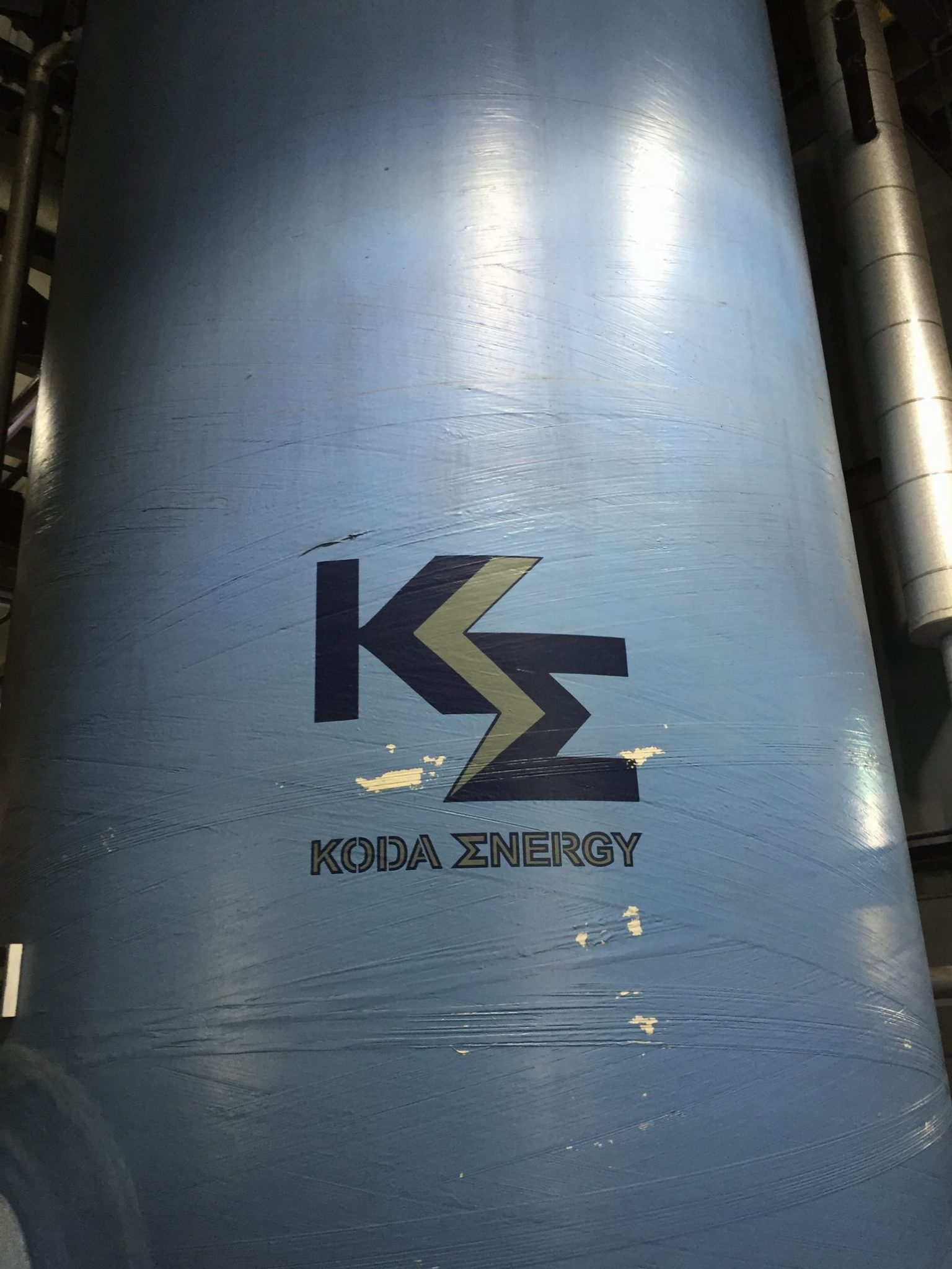
Everything from thermal power for the malt kilns to the electrical supply for the office comes from Koda’s biomass-powered suspension fired boiler (the first of its kind in the US, and only the second one in the world). Koda is powered by agricultural byproducts, many of which are waste from the malting process.
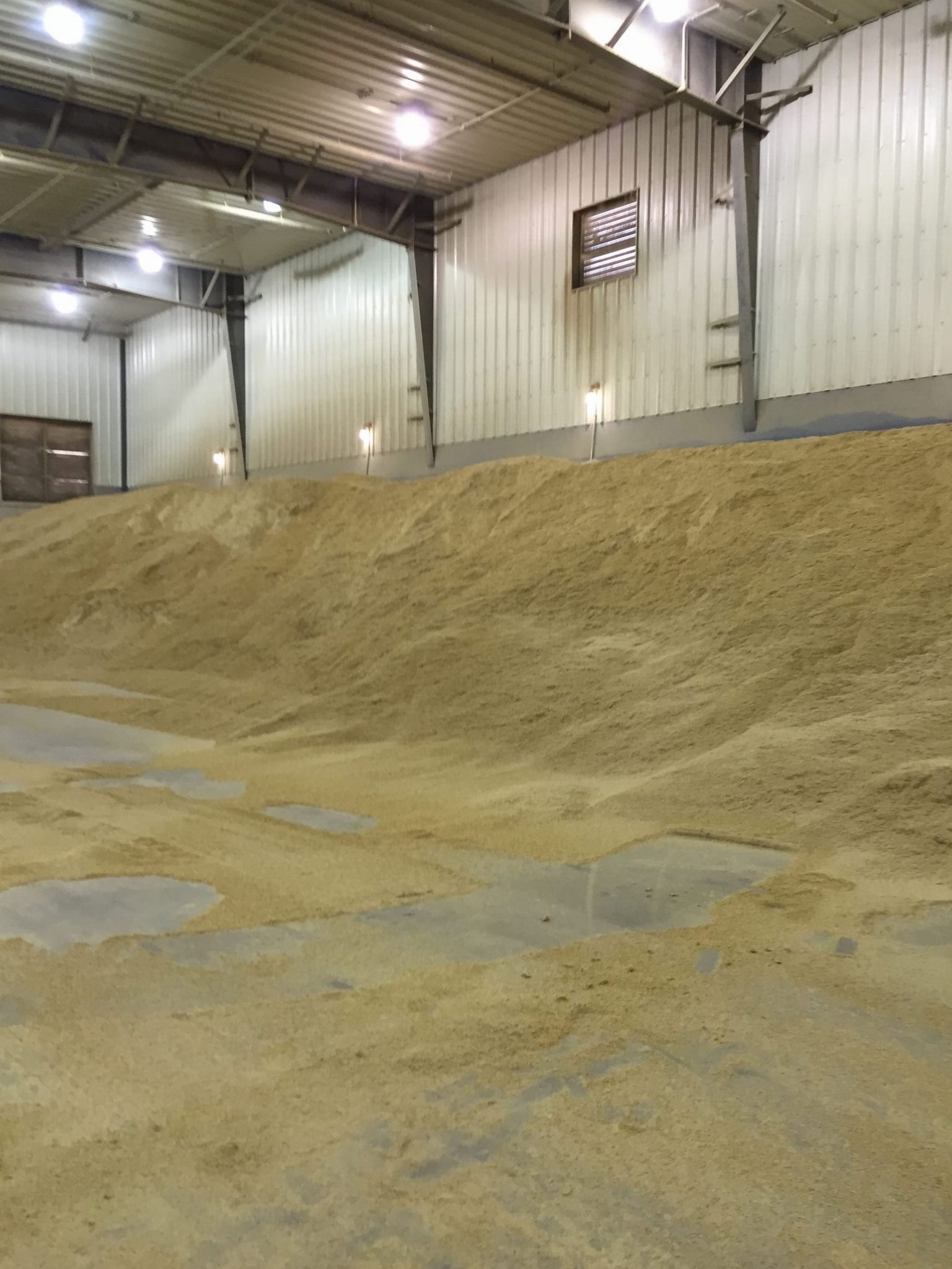
Between 8000 and 9000 trailers full of biomass fuel Koda each year. Primarily fed by barley chaff, oat hulls, downed trees, and malt screenings, the facility’s burner reaches temperatures of 3500°F to provide thermal energy (via glycol heated by the water column-lined boiler) to the malt kilns in Rahr’s six malthouses. This supplies better quality heat to the kilns, with no risk of nitrosamine pickup by the grain, as can be the case with direct-fired natural gas kilns.
“We are the most efficient, highest capacity factor solid fuel plant that Xcel [Energy] buys from,” Vice President Stacy Cook tells us on a tour of Koda’s inner workings.
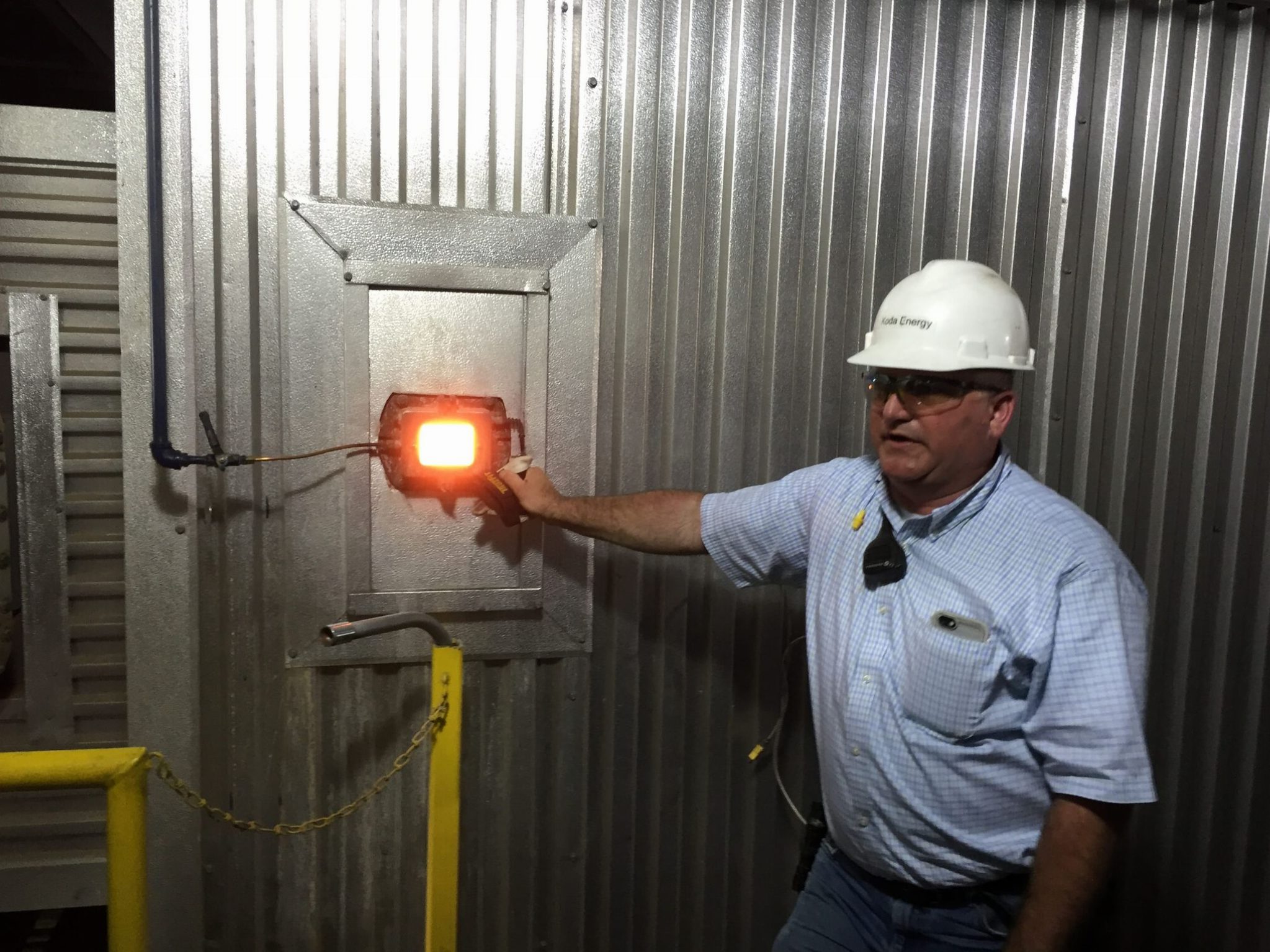
Thanks to Koda Energy, the “fossil-free” Rahr malts produced at Shakopee are the greenest available to craft brewers. Electrostatic precipitators strip ionized soot and smudge from the burner exhaust, leaving clean vapor venting into the air. Ash from the combustion is collected and used as fertilizer on regional farmland, replacing nutrients in the soil.
Although its excess energy is sold back into the grid, Koda Energy is not operated as a profit center for Rahr or the SMSC, but as a commitment to environmental stewardship and product quality.
